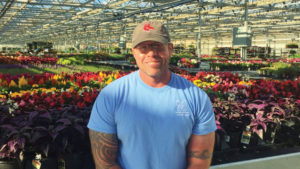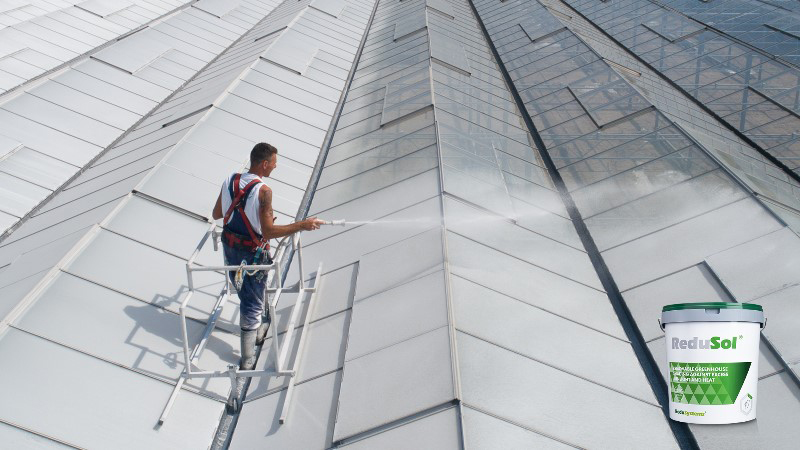Producing Quality Plants in the Greenhouse Starts From Day One
 Quality plants are what all growers strive to achieve. However, each grower has his or her own idea of how to get there. As a young grower, I made plenty of mistakes and still do today. What you learn from those mistakes is what sets you apart as a grower and where quality starts.
Quality plants are what all growers strive to achieve. However, each grower has his or her own idea of how to get there. As a young grower, I made plenty of mistakes and still do today. What you learn from those mistakes is what sets you apart as a grower and where quality starts.
Set the Quality Standards at the Plug Tray Stage
First and foremost, if you start with garbage, you end with garbage. Quality starts from day one in the plug tray. At Dallas Johnson Greenhouses, we produce more than 78 million plants, most of which we seed or stick ourselves. At times during the year, we could have 5 acres of 200-cell seed trays and 72 cutting trays. My cost per square foot to spray (plant growth regulators, insecticides, fungicides) in propagation is money well spent. It is not always easy to spray different plant growth regulators (PGRs) at different rates in the same bays, or feed different formulations of feed per sticking/seeding. However, in doing this, you can tone your plugs and make finishing more efficient and uniform. It is not an easy task to turn a leggy snapdragon plug or a brittle impatiens plug into a high-density, quality 1006 after planting. It is much easier to control in the plug.
Don’t Leave Insect Control Until the Finish
Imagine producing a good stand of verbena cuttings or calibrachoa to be planted in hanging baskets, but leaving insect control for the finish. It is a nightmare.
Instead, imagine a 16-week chemical rotation for all plugs in propagation. At Dallas Johnson Greenhouses, we have a chemical plan that we follow to the letter. It goes back to cost per square foot, and with that many plugs per square foot, it is a worthwhile step toward a quality finish. Our rotation involves using different classes and both hard and soft chemicals. Along with that, a week before plugs are to be transplanted into their finish containers, they are drenched with a designated chemical to shield them for four-plus weeks.
Even if you don’t produce your own plugs, this last step is something to think about. Preparing the plugs for the next four weeks of their journey gets the finish growing off to a good clean start.
Finish Your Material With a Discerning Eye
Finishing your quality plant material has the same guidelines as the plugs. Walking the plants and reading the plants on a daily basis will tell you what to apply and when. The same proper PGR, insecticide, and fungicide growing techniques apply, but now your cost per square foot versus plants per square foot is not as nice. Applications need to be precise to minimize costs.
Once your plant material has grown to a size you feel comfortable with, use your irrigation practices to help flowering. In most cases, not watering will be your key. Stressing the plant in a controlled way produces the flowers you want. The best grower I ever met told me the best PGR in the world is a flower. What a simple concept to a complex job.
In short, quality starts from day one, and chemicals are your tools. Finish your material with a refined eye and proper cultural practices. Look for ways to continuously improve. Then, surround yourself with excellent growers who share your goal — quality.









